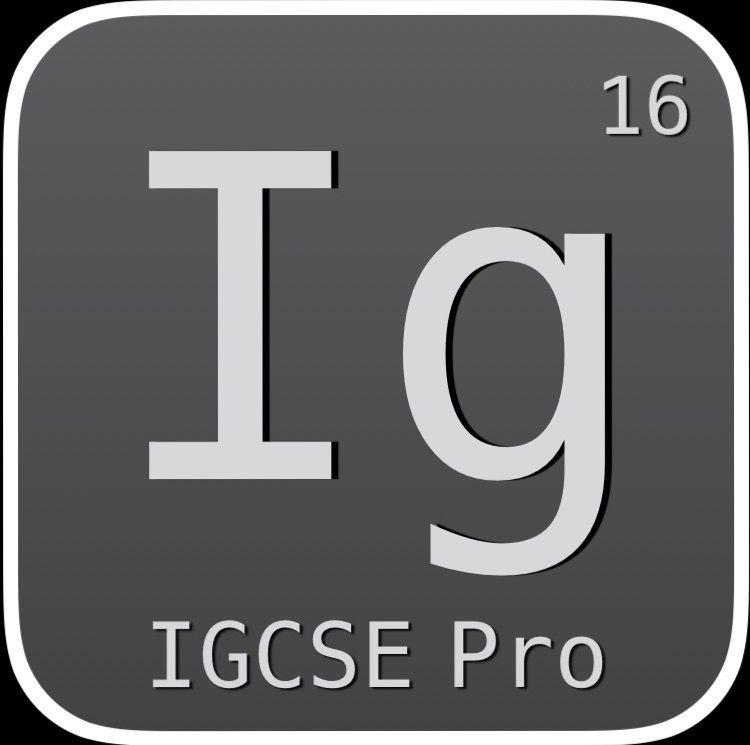Average SAT Test Score by State
For the graduating class of 2024, the national average SAT score was 1024, a figure that continues a post-pandemic decline even as test-taking numbers rise.
The distribution of test scores shows that only 7% of test takers achieved SAT scores between 1400 and 1600.
Speaking of the national average, it is important to note that it obscures the most critical finding from state-level analysis: raw state SAT averages are not a measure of educational quality but are instead a direct reflection of state testing policies and participation rates.
A strong, consistent inverse relationship exists between the percentage of students taking the SAT in a state and that state's average score.
The variance in state scores is overwhelmingly explained by selection bias.
Research shows that a 10 percentage point increase in SAT participation correlates with a 21-23 point decrease in a state's average score, a factor that explains over 70-80% of the variance between states.
Therefore, using raw scores to rank states is statistically invalid and leads to flawed conclusions about school performance.
High-Score, Low-Participation States
States reporting the highest average SAT scores are those where the ACT is the dominant college entrance exam. In these states, only a small, self-selected group of high-achieving students takes the SAT.
| State | Avg. Total Score | Participation Rate (%) | Primary Test Policy |
|---|---|---|---|
| North Dakota | 1287 | 1% | ACT Preferred |
| Nebraska | 1252 | 1% | ACT Mandate |
| Kansas | 1245 | 2% | ACT Preferred |
| Utah | 1239 | 2% | ACT Preferred |
| Wyoming | 1200 | 1% | ACT Mandate |
This is reflected by comparing the states with the lowest participation in the SATs with states where ACT participation is high.
For example, Kansas (1245 average) and Wyoming (1200 average) have SAT participation rates of just 2% and 1%, respectively, because they are ACT-mandate states
Low-Score, Universal Testing States
On the flip side, states that require all or nearly all students to take the SAT see the lowest average scores.
| State/District | Avg. Total Score | Participation Rate (%) | Policy |
|---|---|---|---|
| New Mexico | 901 | 100% | SAT Mandate |
| West Virginia | 923 | 89% | SAT Mandate |
| Delaware | 958 | 97% | SAT Mandate |
| Florida | 966 | 95% | Optional/Funded |
| District of Columbia | 969 | 100% | SAT School Day |
This is not a sign of educational failure but a predictable outcome of testing a broad, representative population that includes students not bound for competitive colleges.
States with higher scores than the national average and high participation
A few states—notably Virginia (51% participation, 1113 average), Oregon (23%, 1125), and North Carolina (20%, 1127)—manage to achieve both high participation and scores well above the national average.
Their success is linked to a combination of targeted SAT School Day programs that broaden access without a universal mandate, strong college-going cultures, and favorable socioeconomic demographics.
| State | Avg. Total Score | Participation Rate (%) | Key Demographic & Policy Drivers |
|---|---|---|---|
| North Carolina | 1127 | 20% | Strong socioeconomic background; 79% of test-takers' parents hold a Bachelor's or Graduate degree. |
| Oregon | 1125 | 23% | High parental education (62% with Bachelor's/Graduate degrees) and significant SAT School Day participation (44%). |
| Virginia | 1113 | 51% | Majority participation driven by SAT School Day (41%). Very strong socioeconomic context, with 52% of test-takers from the highest income quintile and 63% of parents holding Bachelor's/Graduate degrees. |
SAT-Mandate States
A number of states require all public high school juniors to take the SAT, often as part of their statewide accountability system. This guarantees near-universal participation.
- Colorado
- Connecticut
- Delaware
- Indiana
- Maine
- Michigan
- New Hampshire
- New Mexico
- Rhode Island
- West Virginia
ACT-Mandate & Choice States
- Alabama
- Arizona
- Hawaii
- Illinois (as of 2024-25)
- Kentucky
- Montana
- Nebraska
- Nevada
- North Carolina
- Wisconsin
- Wyoming
Territory Data
SAT scores are also reported for U.S. territories. As this data is often excluded from state-level rankings, it is presented here separately.
| Territory | Avg. Total Score | Avg. ERW Score | Avg. Math Score |
|---|---|---|---|
| Puerto Rico | 980 | 514 | 466 |
| US Virgin Islands | 948 | 498 | 450 |
Shifts in State Testing Mandates
The testing landscape in the U.S is dynamic. Illinois is shifting from an SAT to an ACT mandate in 2024-25, while Kentucky will do the reverse in 2026, guaranteeing future breaks in their trend data.
Furthermore, the U.S. rollout of the digital SAT in March 2024 introduces new comparability challenges, as some metrics are not calculated the same way as the paper test.

